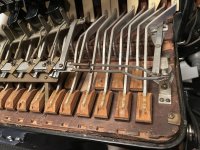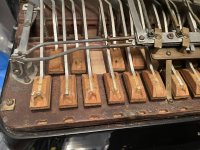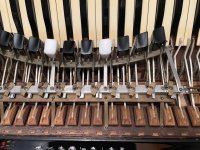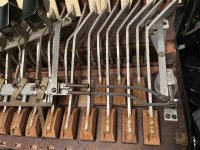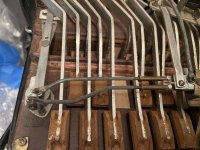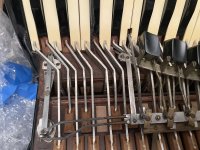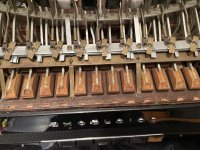Well danp76, from a musical perspective, Jack Emblow's old Excelsior Symphony Grand Citation sounded amazing. I've seen a photo, it had the lightning bolt and Citation badge. I guess that's why I like those details

. He also had a very nice Art Van Damme mod. 930 with G to C keyboard. Both were marvellous accordions. I've seen Jack Emblow pictured with a Gola too, so he had great taste in boxes!
Is there any significant mechanical difference with yours? Well Dan, I don't know as I'm not a technician (I'd rather practice the accordion than spend time repairing them). On the other hand, as a musician I know a great sounding accordion when I hear one. Have you made any sound clips of your Excelsior accordion so we can hear it's tone quality?
I don't know how the Excelsior compares with your Titano's or AM1100... What do you say Dan? I think it would be marvellous to get hands on with a vintage 41 key Titano Royal converter. That would be pretty awesome, and about as close as anyone is ever likely to get to Galliano's 1960s Victoria.

That said, there are still some good new accordions, I have recently been listening to a Zero Sette (160 bass) concert accordion. What a tone! I don't know how they distribute the melody bass reeds on those accordions, but the result is so rich and consistent across the range of notes.

